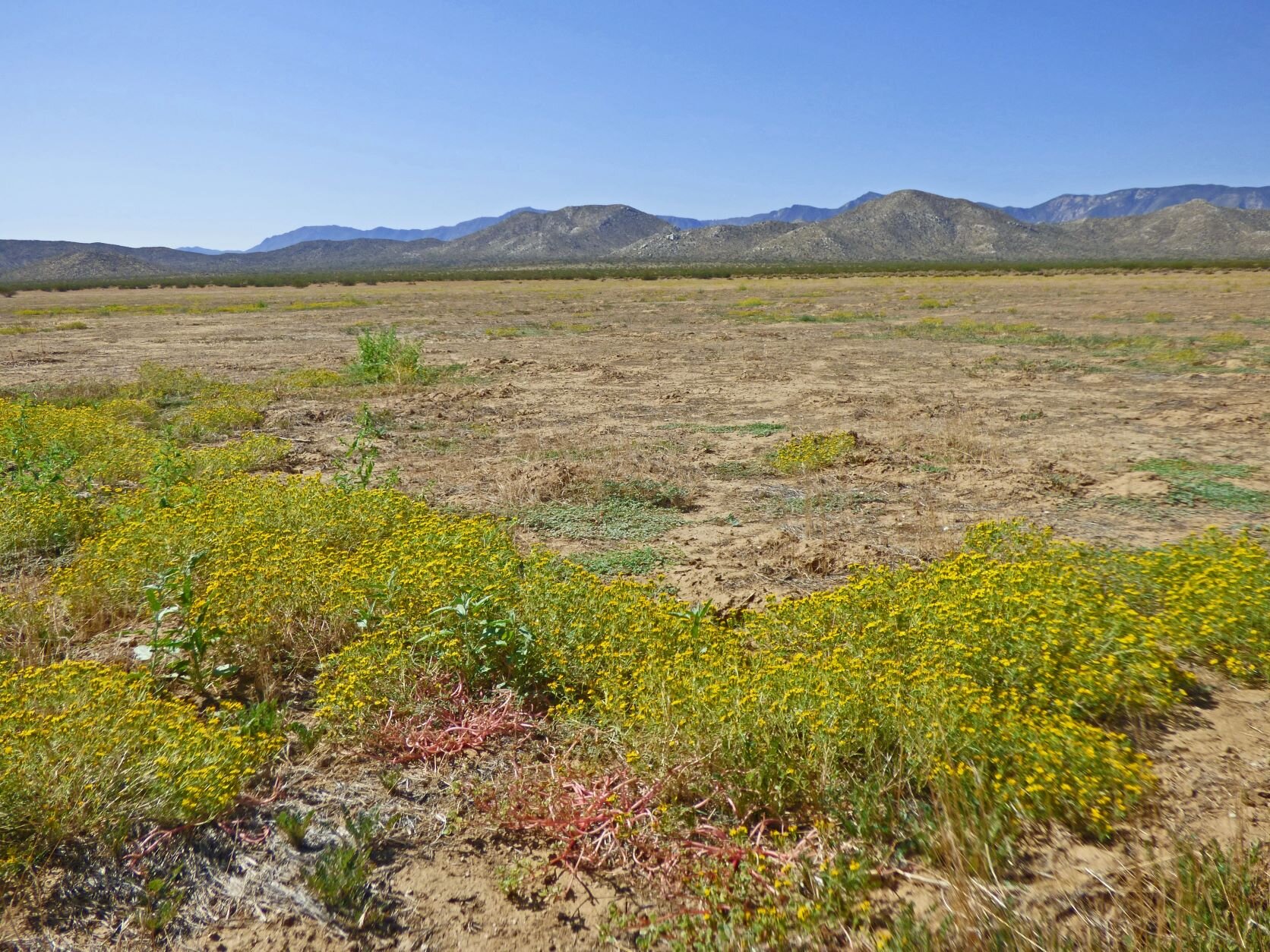By Cindy Burrascano, CNPS-SD Book Sales Chair
I recently picked up a copy of Herbarium: The Quest to Preserve & Classify the World’s Plants by Barbara Thiers of the New York Botanical Garden to see if CNPS-SD should sell it. The Timber Press book covers collections and herbaria around the world but has tidbits throughout that should interest anyone with a curiosity about early plant collectors and collections. I stopped to read a bit when I saw the name Torrey. I found out a botanist was at Hamilton’s duel with Aaron Burrin 1804. Of course, botany was a sideline as the gentleman was also a physician but many early botanists/collectors primarily had other professions. You find out a bit about how the Missouri Botanical Garden came into being. There is a section on pioneers of California herbaria: Brandegee, Eastwood, and Jepson, and tales of the Lewis and Clark herbarium specimens.
I slowed down during flipping through when I saw some algal sheets and read a bit about Job Bicknell Ellis, a pioneering North American mycologist. The following page had a photograph of the staff of the agricultural school at Tuskegee Institute with George Washington Carver in the center of the photograph. The text discusses that George Washington Carver discovered an interest in mycology while a graduate student in Iowa and sent specimens to Ellis, 60 of which were included in the Ellis and Everhart article, New Alabama Fungi. Carver had two species named for him from those collections.
Names show up that you know from species (John Clayton, Gotthilf Henry Muhlenberg, John Torrey, George Engelmann, Henry Shaw, Archibald Menzies, Albert Kellogg, Willis Linn Jepson) or “cabinet botanists” like Asa Gray, or from Southern California collectors (Thomas Nuttall, Mary Katharine Brandegee, Alice Eastwood). There is a discussion about digitization that has vastly expanded the use of herbarium specimens. The majority of the book covers areas beyond California’s borders but it is an interesting read. Let me know if you would like to peruse a copy or purchase one. Eventually we will have meetings again.






